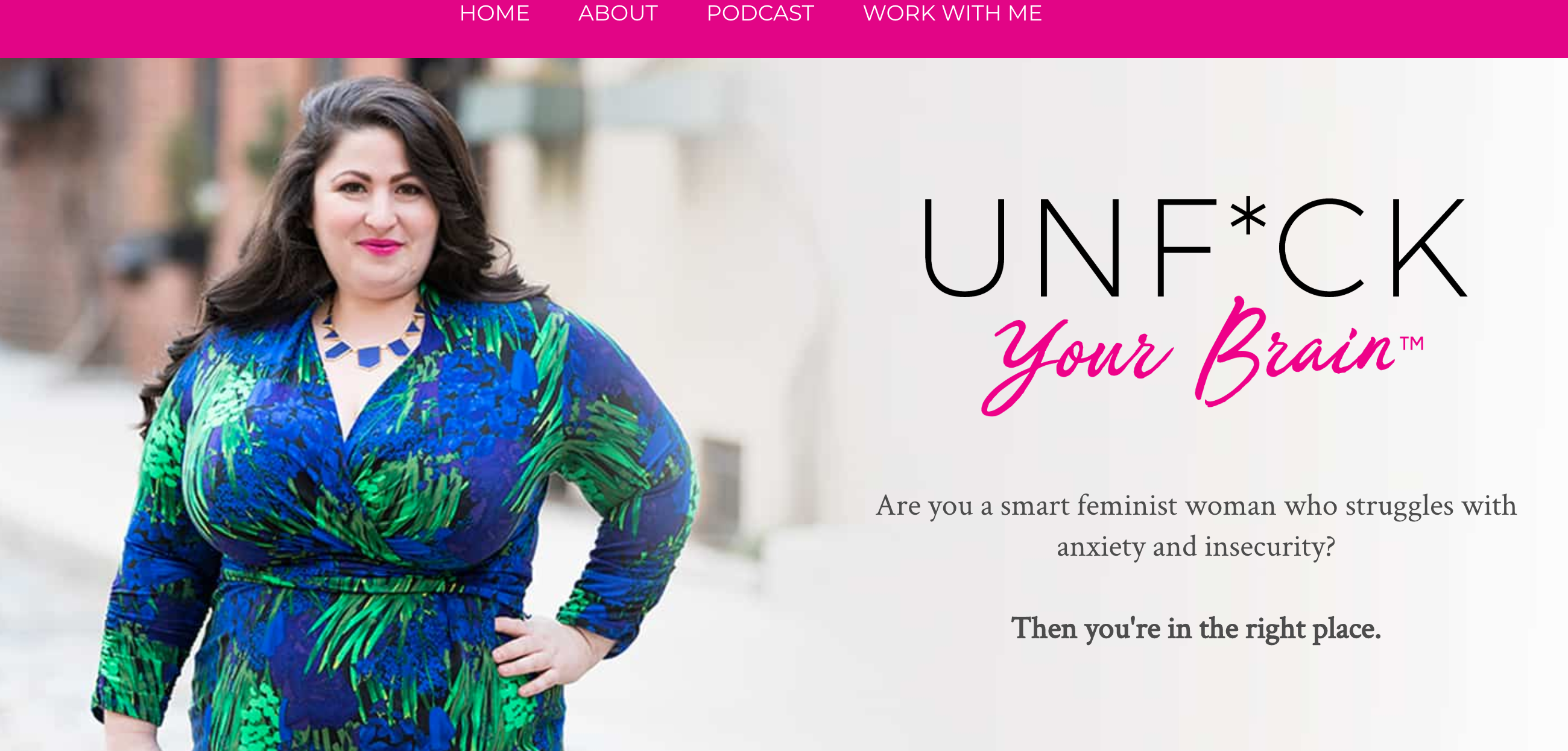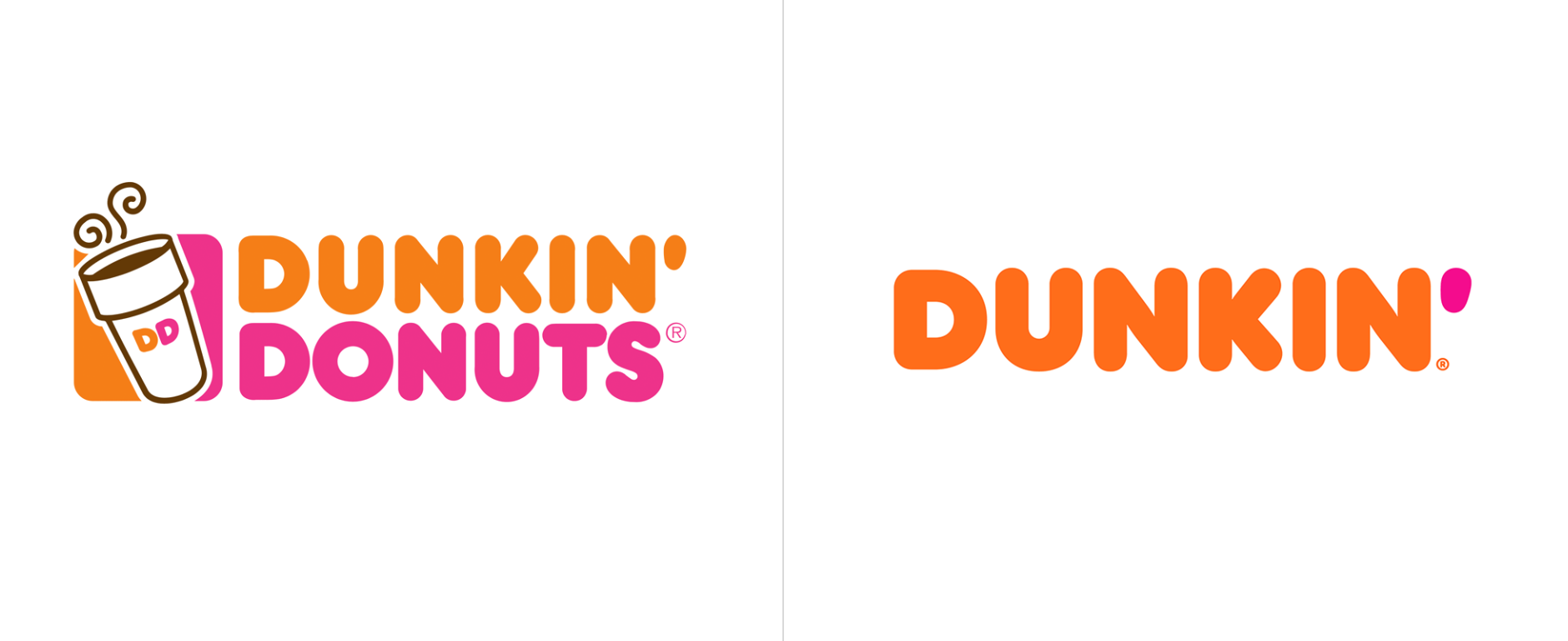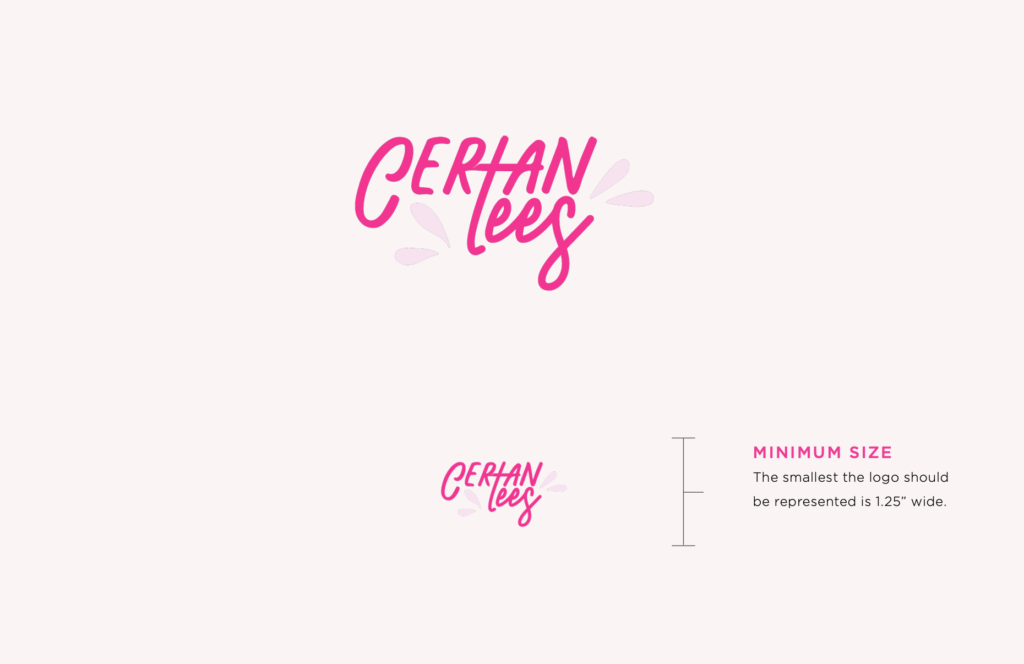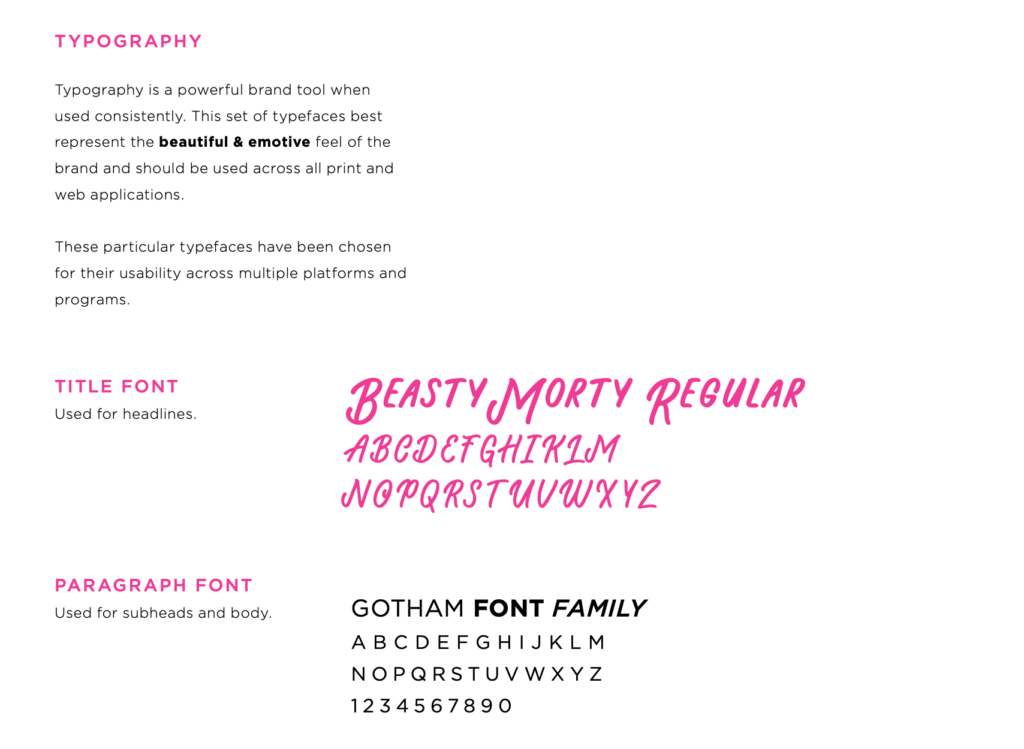Listen. As much as we like to pretend we don’t judge books by their covers, we do. After all, we’re visual creatures. So, if you’re considering branding or rebranding your business this year, then you better bring it to the eyeballs. Here are some small business branding tips and examples to help you do just that.
1. Do Your Market Research and Stand Out!
Branding Tip: You do you. But first, get a lay of the land and scope out your competition. That way, you know what you’re up against. From there, come up with a plan to differentiate your messaging and visual branding so it’s memorable. Of course, you still need to speak to your demographic. Don’t focus on being so unique that you lose sight of your target audience and their wants and needs. Also, set a branding budget so you know what you have to work with and can make realistic goals.
Branding Example: I had the privilege to help brand an insurance brokerage website from the ground up. Doesn’t sound like a super sexy project? Well, it was! From the get-go, we knew we wanted to set this brand apart—both stylistically and in voice and tone. That landed us on puppets. Dream. Come. True. What’s more unforgettable than persnickety, silly puppets when stacked against other insurance brokers? Not much. Here are a couple of teaser videos we created to raise awareness of the company via sharable content.
2. Use Your Brand Story As Your Guiding Principles
Branding Tip: Not sure how to brand or rebrand your company? Start with the reason your business exists in the first place: your guiding principles! To come up with these, sit down with the founders and key stakeholders in your business. Brainstorm words that describe your business or practice and jot down the reasons you founded it. After going around and sharing your ideas, write down a mission and vision statement. These are representations of where you are, why you exist, and where you want to go. From there, use that as inspiration to brand your business.
You can do this at any point in your customer’s lifecycle. Whether you’re just starting out with the ideation of a business name or tagline, or refreshing after 20 years of doing business, your guiding principles are always a great place to come back to.
Branding Example: We love this brand. There is absolutely no room for losing customers on its mission and value add. This business exists to provide therapy to women who need it. From its sassy name down to its logo and style guide, Unfuck Your Brain oozes its branding. (That’s a good thing). Your business should follow suit.

3. Create Brand Guidelines
Branding Tip: Brand guidelines establish your brand’s voice, tone, and aesthetics—your branding bible. They’re crucial for your small business to stay consistent with your look, vibe, and messaging across marketing channels. Brand guidelines should include logo specifications, brand colors and fonts, a mood board, photography guidelines, and messaging guidelines (an editorial style guide). It should also include what not to do—how you shouldn’t speak about the brand or represent it visually.
Branding Example: We love Certantees’ brand guidelines. It’s to the point, highlights the dos and don’ts of the brand, and provides a visual aesthetic that speaks to its ideal customer. This is just a snippet, but it’ll give you an idea of what to include in your own brand guidelines: a definition of your brand and what it stands for, logo mockups, mood board, fonts, and color palette, what not to do, and more.
4. Always Keep Your Customer/Demographic Top-Of-Mind
Branding Tip: Even the best branding is useless if it doesn’t speak to your customer. You should view your branding as the delicious bait that’s going to appeal to a fish and tempt it to bite. Some will appreciate sparkly lures, and others will gravitate toward the utilitarian. Do you catch my drift? Truly grasp your customers’ wants, needs, and preferences before you brand or rebrand.
You can glean insights into this by conducting an SEO audit complete with competitor analysis, sending out surveys, or doing some market research of your own. While you may want to rebrand to make your business look better, it needs to make sense for your customer—through messaging and visuals.
Branding Example: Charm School. Not everyone’s cup of tea, but it’s not meant to be! When we branded our 100% woman-owned marketing agency, we wanted to stand out, represent the co-founders’ personalities, and resonate with people we’re excited to do business with—and vice versa. Our branding already does half of our job for us: weeding out our ideal customers from those who don’t match our vibe and culture. It also helps customers get to know us immediately and make an easy decision if we’re right for them.
5. Don’t Be Afraid to Evolve Your Branding
Branding Tip: There are a time and place for a rebrand, and that’s when it will add value and clarity to what you have to offer customers, clients, and/or patients. Before you dabble in a rebrand, ask yourself these questions:
- Do we have a rebranding budget? You’ll need to redo your logo, website design, messaging, and more, so factor all of this in!
- Why do we want to rebrand? Is there a disconnect between the products and services we offer and what’s currently being represented in our messaging and visuals? Is this just personal preference without any data backing?
- Will customers respond positively to this rebrand? If not, how can we smooth the transition?
- Will this rebrand set us apart in our industry?
- Is there a bigger campaign that needs to be tied to this rebrand or is it a simple logo and visual refresh? If so, do we have the budget to market this change and educate our audience?
Branding Example: We look to the purveyors of caffeine, carbs, and coats for this example: Starbucks, Dunkin’ Donuts, and Burlington Coat Factory. What do these companies have in common? They simplified their logos and messaging through rebrands. Starbucks lost its name from its logo. Dunkin’ dropped the Donuts. Burlington Coat Factory nixed the last two words to become Burlington. Both Starbucks and Dunkin’ are such big brands, they no longer needed the excess and a rebrand was warranted. Burlington evolved to sell more than coats, so a rebrand and educational awareness campaign were necessary to attract the right customers. If you’re in a similar boat, you can look to these household brands for what to do with yours.


6. Hire a Professional
Tip: Branding is a specific skill. Not just anyone can design logos, do proper website design, or write taglines and vision/mission statements. If you don’t know where to start, hire a professional like Charm School! We’ll be able to provide you with great small business branding tips, logo concepts, and more to help you reach your goals.
Example: Take a peek at many happy campers (clients) on our Testimonials page.


















